Earth
Sign up for our newsletter
We summarize the week's scientific breakthroughs every Thursday.
-
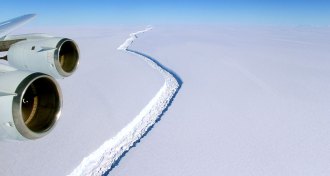 Earth
EarthAntarctic ice shelf heading toward collapse
A fast-growing crack in Antarctica’s Larsen C ice shelf could soon break off a 5,000-square-kilometer hunk of ice into the ocean.
-
 Earth
EarthAntarctica’s Larsen C ice shelf nears breaking point
A fast-growing crack in Antarctica’s Larsen C ice shelf could soon break off a 5,000-square-kilometer hunk of ice into the ocean.
-
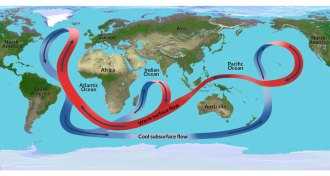 Climate
ClimateWarming could disrupt Atlantic Ocean current
The Atlantic current that keeps northwestern Europe warm may be less stable under future climate change than previously thought, revised simulations show.
-
 Earth
Earth‘Waterworld’ Earth preceded late rise of continents, scientist proposes
Cooling mantle temperatures may have lifted Earth’s continents above sea level, helping spur the Cambrian explosion.
-
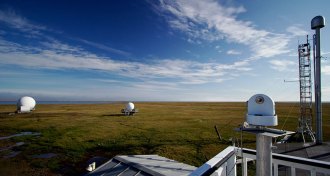 Earth
EarthData show no sign of methane boost from thawing permafrost
Rapid Arctic warming has increased emissions of carbon dioxide, but not methane, from northern Alaska tundra.
-
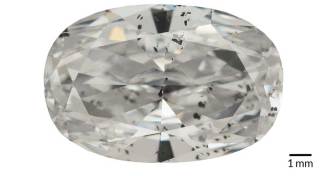 Earth
EarthMegadiamonds point to metal in mantle
Imperfections in supersized diamonds hint at metallic iron and nickel in Earth’s mantle.
-
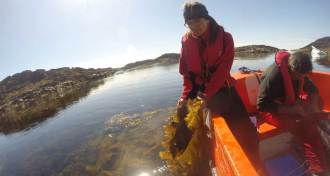 Climate
ClimateArctic kelp forests may create summer refuges from ocean acidification
Long summer daylight revs up carbon capture in Arctic kelp forests, offering a little relief from acidifying ocean water.
By Susan Milius -
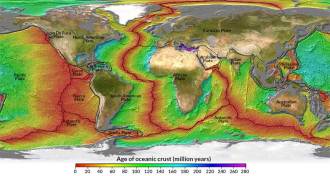 Earth
EarthEarth’s mantle is cooling faster than expected
The thinning of newly formed oceanic crust suggests that Earth’s mantle is cooling much faster than previously thought.
-
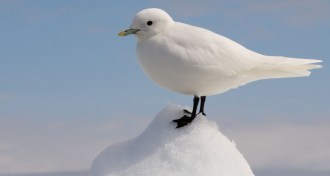 Climate
ClimateYear in review: Sea ice loss will shake up ecosystems
Researchers are studying the complex biological consequences of polar melting and opening Arctic passageways.
By Susan Milius -
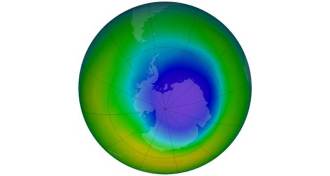 Earth
EarthYear in review: Ozone hole officially on the mend
Research this year confirms that the Antarctic ozone hole is healing — an international success attributed to cooperation and new technologies.
-
 Oceans
OceansReaders contemplate corals and more
Coral engineering, ancient almanacs and more in reader feedback.
-
 Ecosystems
EcosystemsOyster deaths linked to ‘atmospheric rivers’
Atmospheric rivers bring strong storms that could have been behind a 2011 California oyster die-off.